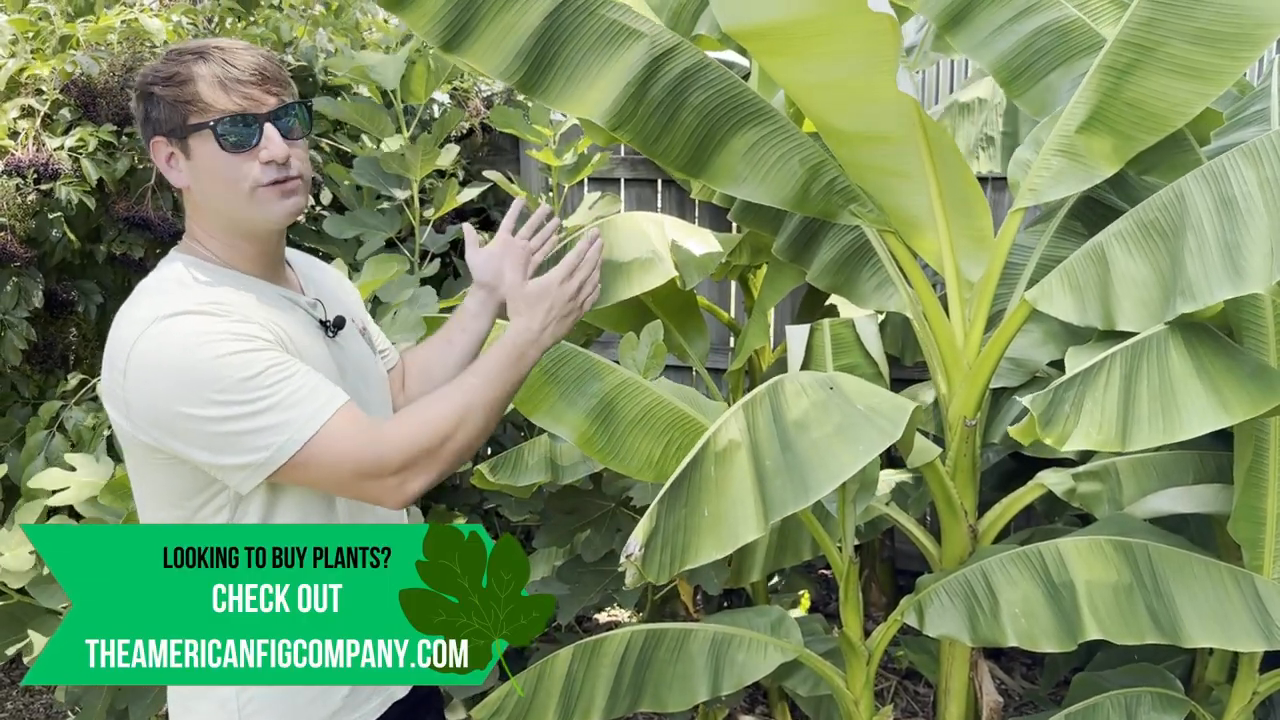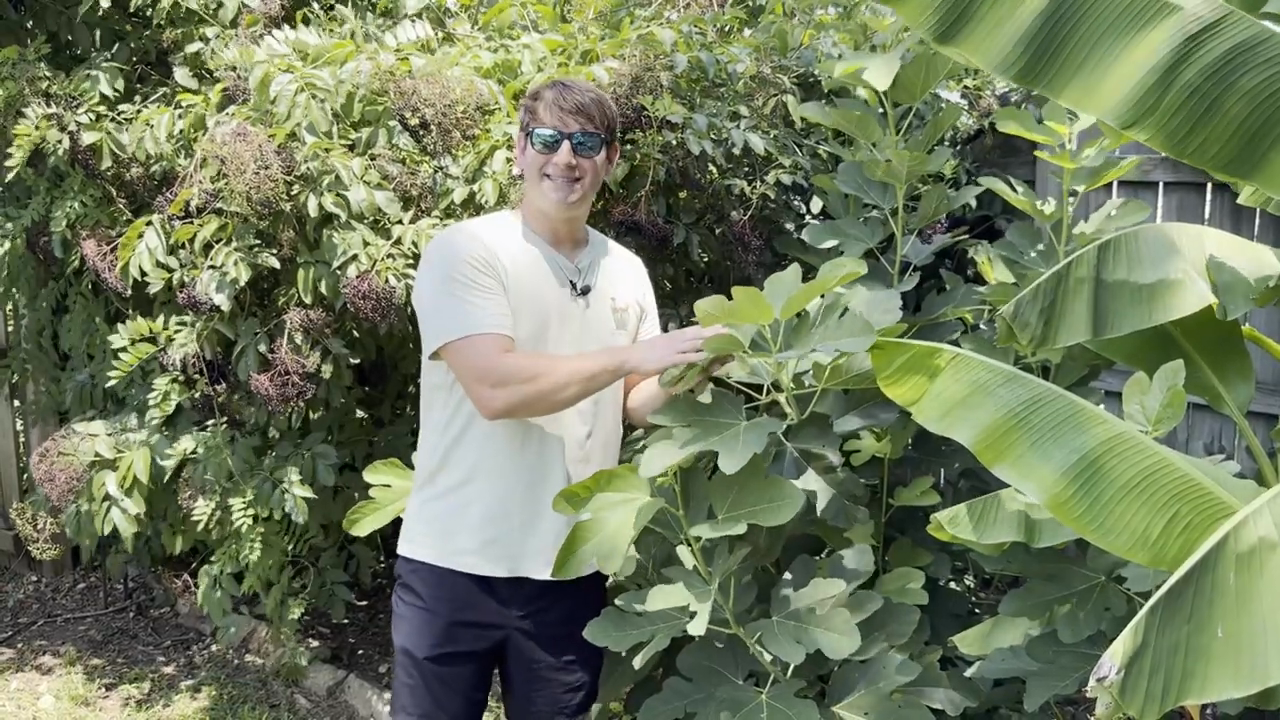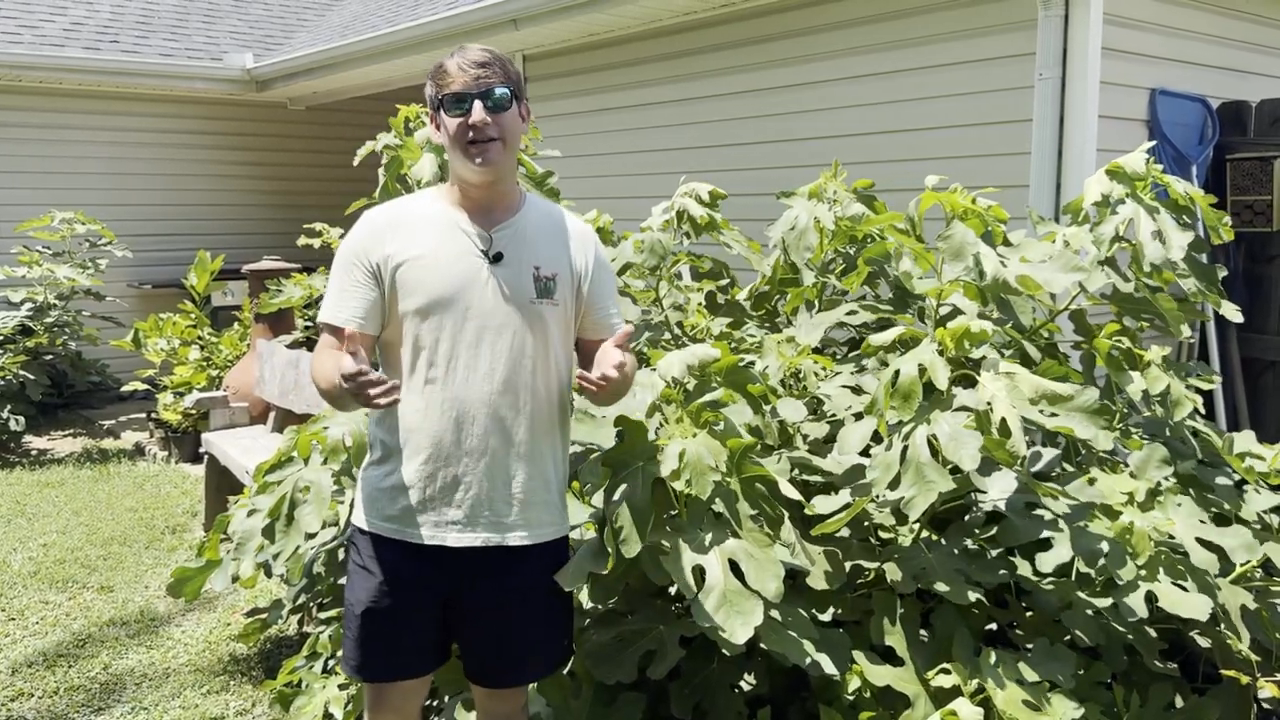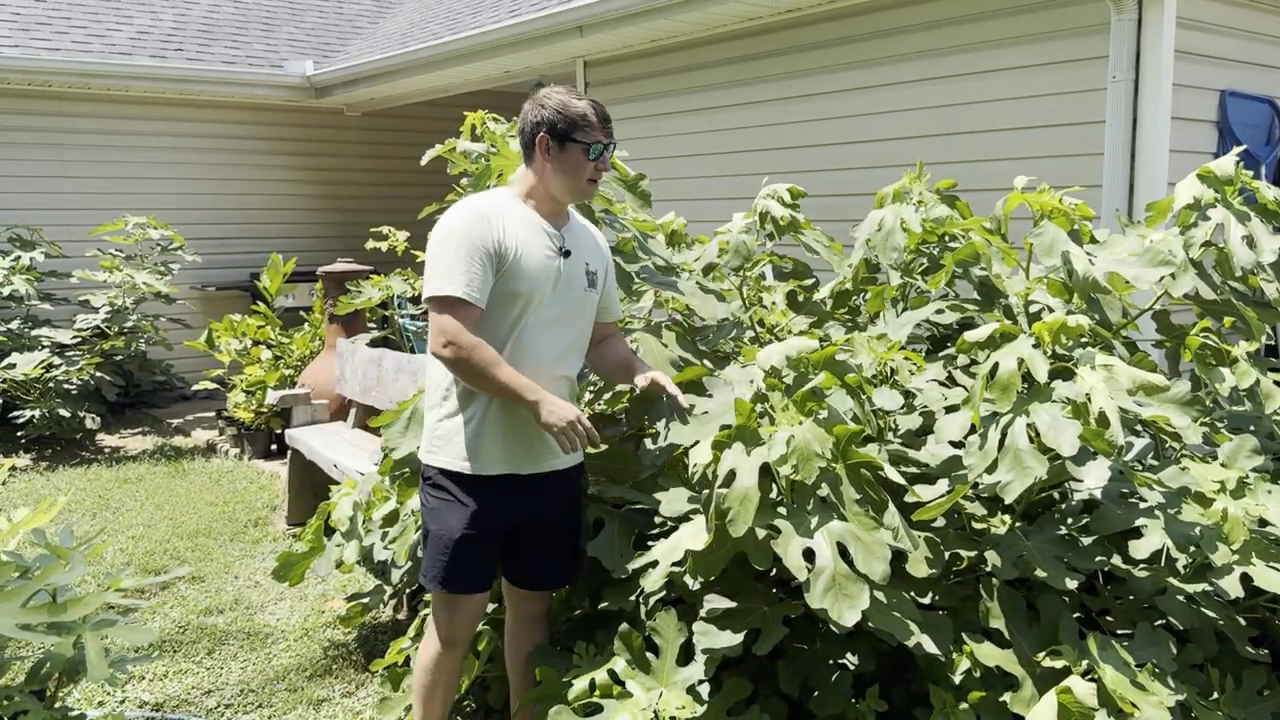Have you ever wondered what exactly a cold hardy fruit tree is? Today, we're diving into that very topic. As a plant nursery owner, I can't even imagine the hardships some folks endure. Running a plant channel exposes us to countless hateful comments, especially about cold hardy fruit trees like figs and bananas. So, let's clear the air and discuss what cold hardiness really means.
Understanding Cold Hardiness
Cold hardiness is essentially a spectrum that typically spans zones three to eight. Fruit trees that thrive within this range are considered cold hardy. So if you're calling any of these trees cold hardy, you're not wrong.
For example:
Elderberries: Cold hardy to zone three.
Figs: Cold hardy down to planting zone five.
Musa Basjoo Banana Trees: Known for their cold hardy nature to zone 5, surviving because their root systems can withstand extreme cold.
When we dip below zone five, it's crucial to have your containers ready; otherwise, you'll struggle to grow figs. Other fruiting varieties of bananas, for instance, won't survive temperatures as low as -20°F.
Zones and Cold Hardiness
It's critical to understand that cold hardiness does not hinge on your specific location but rather the zones encompassed in the spectrum.

Debunking the Myths
Many people get caught up in misconceptions about cold hardy fruit trees, leading to a lot of confusion and, sometimes, hate. Let's shed some light on this topic with examples.
The Case of Fig Trees
Consider the Desert King fig. This tree can survive down to zone five with some winter protection like mulching over the root systems. However, surviving doesn't equate to fruit bearing. Here, Desert King may survive but won't fruit.
On the other hand, the LSU Purple fig can die back to the ground every winter, resprout in the spring, and still produce loads of tasty fruit by the end of a short growing season. Both trees survive to the same zone, yet only one gives you fruit.

Consumer Awareness
Consumers need to be wary of the specifics when discussing cold hardiness.
"Clearly, I'm not going to talk about Desert King as if it's some kind of cold hardy fruit producer."
The same principle applies to peaches and apples. Without specifying the variety, it's misleading to simply call them cold hardy. For peaches, even if trees survive down to -20°F, getting fruit is a challenge without very specific varieties due to late frosts.
Importance of Local Recommendations
Depending on your zone, your choice of fig tree will vary significantly. Someone in zone five shouldn't pick the same fig tree as someone in zones eight, nine, or ten. Finding experts who live in zones similar to yours is crucial.
If you're growing figs and taking advice from someone in California while you live in zone six, understand that their guidelines won't always apply to your situation. In colder zones, fig trees are more like fig bushes, while in warmer zones, they grow differently with varied care requirements.
Practical Tips
Here's what to keep in mind:
Match Varieties to Your Zone: Not all cold hardy fruit trees are equal. Your zone dictates the best variety for you.
Understand Care Differences: Growth habits, pruning, and maintenance will differ based on your zone.
Rely on Local Expertise: Always consider advice from someone who has a similar growing climate to you.

Fruit Tree Varieties and Their Cold Hardiness
Let's discuss some more fruit trees and their cold hardiness.
Peaches
Even though peach trees can survive in zones as low as -20°F, the likelihood of them fruiting without specific varieties adapts poorly to late frosts. In zone six, fruit yield is rare unless the winter or spring is warmer than usual.
Apples
Similar to peaches, apple trees require specific varieties to ensure fruiting despite their cold hardiness.
Bananas
Not all banana trees are equal either. While some like the Musa Basjoo can withstand extreme colds because their root systems survive, many can't endure such conditions.

Ebooks and Additional Resources
In case this topic piqued your interest, we have several 100% free eBooks dealing with different varieties of fruiting plants, from citrus to bananas. You can check these out on our website.
Conclusion
In conclusion, cold hardiness is a spectrum, and the term encompasses a range of zones and tree varieties. The key takeaway is understanding the specific needs and capacities of each fruit tree and how they adapt to your growing conditions.
With careful consideration and relying on local expertise, you can successfully grow cold hardy fruit trees that not only survive but bear fruit.
Thanks for reading, and happy planting!
